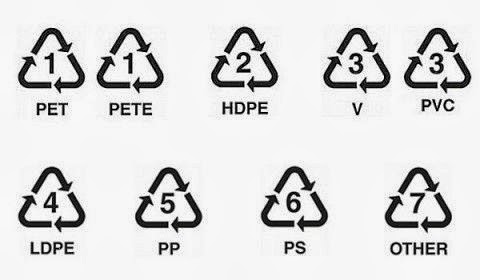Assorted links: Internet Economy, Technology and Fintech
- GDP and capturing the benefits of the Internet economy. Conventional growth theory characterises innovation as ‘resource-saving’, in the sense that it allows the same output to be produced with fewer resources. This column introduces a sources-of-welfare growth model that also includes a measure of ‘output-saving’ innovation, which arises from the expanded scope and efficiency in consumer choice recently brought about by the Internet economy and smartphones. The findings highlight how various new kinds of intangible capital complicate the measurement of GDP (VOX).
- The commercial value of news in the internet era. The rise of news consumption through social media and the ‘fake news’ phenomenon has raised doubt over the value of original news production. This column uses a comprehensive dataset of French news content produced in 2013 to assess the commercial returns to original news production. It finds that media outlets with a larger fraction of original content do tend to receive greater audiences (VOX).
- Regulatory and Market Priorities in Different Countries Drive Fintech Focus. The interest in fintech worldwide shows no signs of abating, as illustrated by the strong attendance at each stop on our recent CFA Institute speaker tour throughout Central and Eastern Europe and the Middle East. But even more interesting is the regional variation in what “fintech” means to local entrepreneurs. Talking to investors, company founders, and stakeholders in the Czech Republic, Poland, Slovenia, Romania, Ukraine, Russia, Abu Dhabi, Saudi Arabia, Bahrain, and Qatar, I learned that local conditions, such as regulatory and/or local market priorities, have a huge impact on what is relevant when talking fintech (CFA Institute - Market Integrity Insights).
- Cyber attacks: An economic policy challenge. Cybersecurity is becoming a vital concern for the functioning of a modern economy. This column argues that the threat of cyber attacks should be tackled economy-wide, with economic policies aimed at overcoming the externalities and information asymmetries that lead to suboptimal protection choices on the part of private agents. There is an urgent need for an improved understanding of microeconomic mechanisms in the cybersecurity market, and for reliable data upon which policy design can be based (VOX).
- Tech Now and Then. A graphic analysis.
- Trends and priority shifts in artificial intelligence technology invention: A global patent analysis. Patent applications are a good indicator of the nature of technological progress. This column compares trends in applications for artificial intelligence patents in Japan and the US. One finding is that the Japanese market appears to be less attractive for artificial intelligence technology application, perhaps due to its stricter regulations on the collection and use of data (VOX).
- Is Tech Cheap? Barron’s expects Apple, Alphabet, Amazon.com, and other big tech stocks to bounce back (The Big Picture).



Comentarios